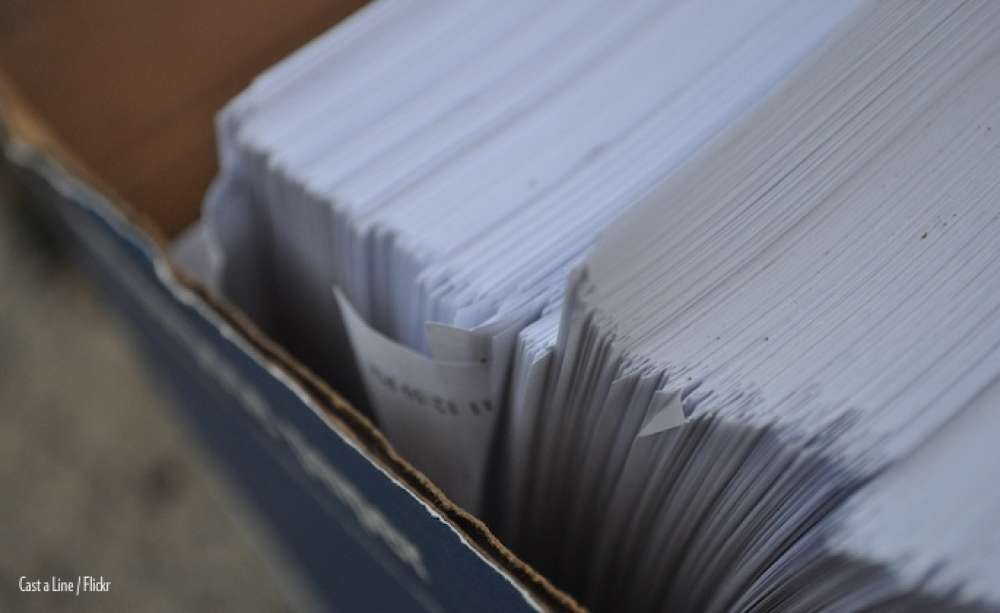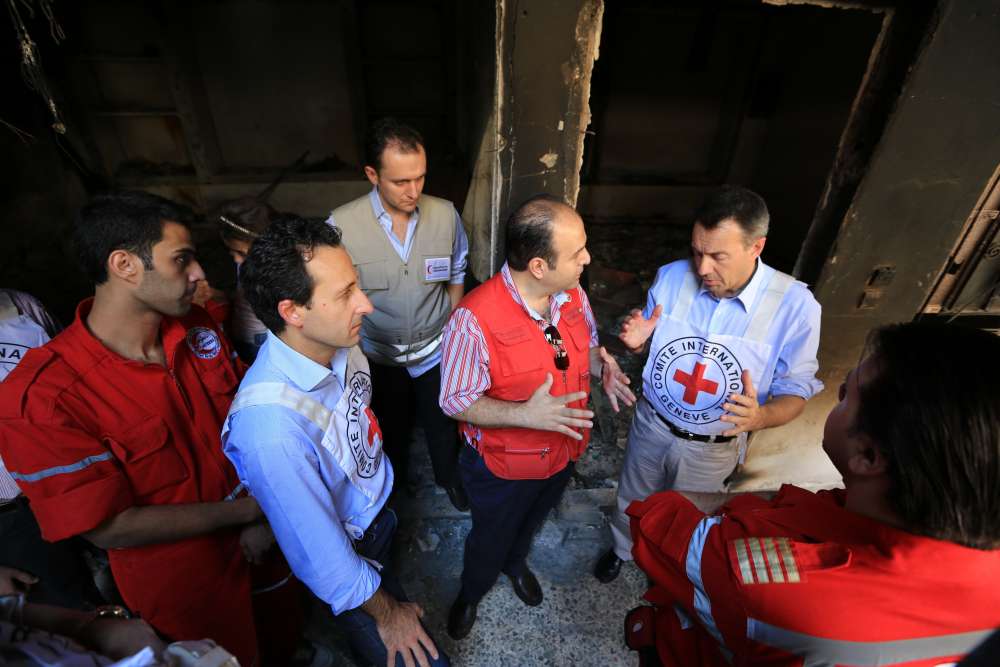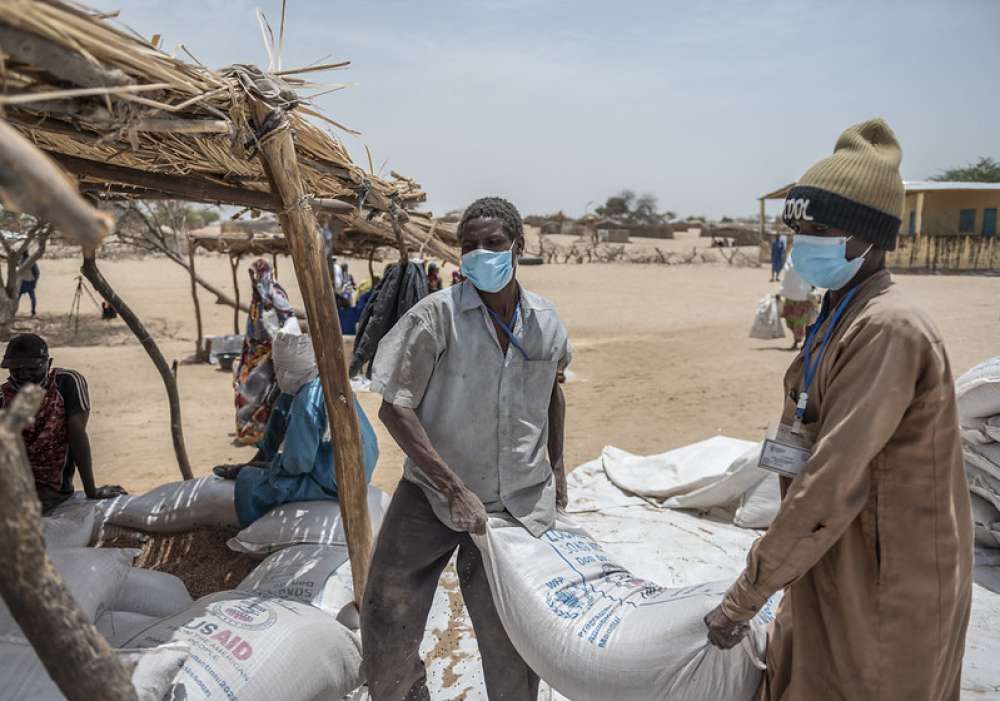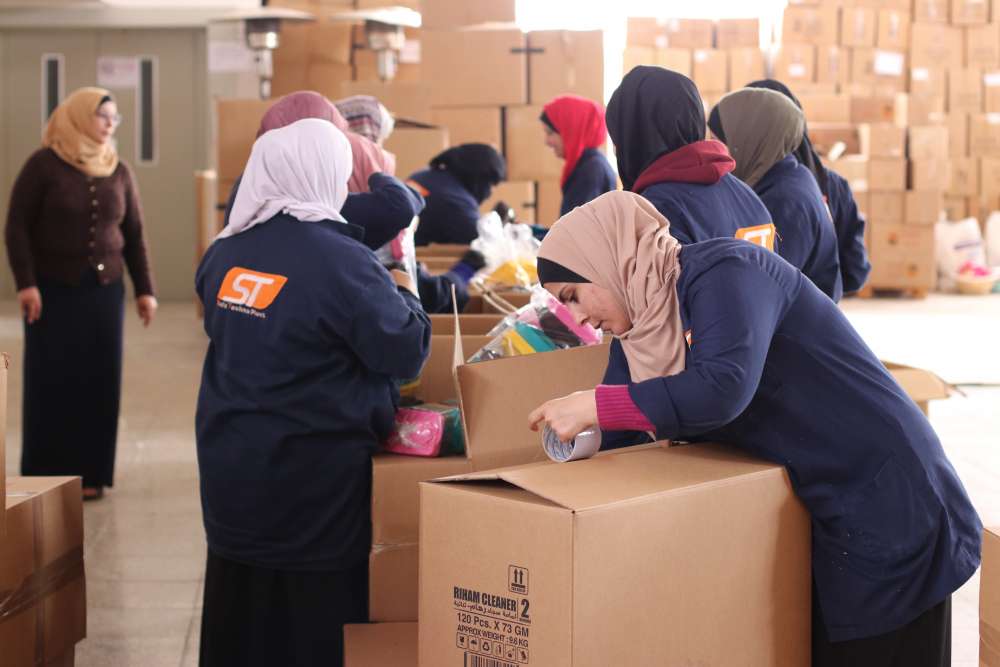We Need Less Paperwork and More Aid in Humanitarian Work

When the world is burning, tackling excessive bureaucracy in the humanitarian aid machine might seem like rescue ships planning how to rearrange the deck chairs on the Titanic. Yet, following talks at the World Humanitarian Summit where EU commissioner Kristalina Georgieva said she believes $1bn a year can be cut from aid spending by back-room efficiencies, cutting red tape is one tangible area where the world’s top bureaucrats and political leaders can make a real difference.
While the summit was the first of its kind, it was not the first attempt to improve our ability to alleviate the suffering of those caught up in crises. Past reforms brought a host of global protocols, standards andmanuals to guide those delivering aid in crises situations. As a result, there are far fewer humanitarian cowboys dirtying their boots to deliver basic commodities to those in need. On the flip side, there are many more humanocrats doing overtime in war and disaster zones, hunched over computer screens to file reports on time.
To give credit where it is due, the reforms have led to improvements. Many of the main aid organisations have become more professional and their activities better co-ordinated. This is a remarkable and laudable feat in a sector with more than 4,000 organisations. Donors have also established tighter control of their contributions through stronger reporting, vetting, and auditing processes.
The pendulum is swinging too far though. Many aid workers feel they are now spending too much time in co-ordination meetings and writing reports, and not enough time on the frontline delivering aid.
The first problem lies in the strict choreography of joint planning processes, with which humanitarians aim to achieve more coherent and strategic responses. It takes long debates until all parties agree on one annual country strategy. Once these are finalised it is usually time to begin the mid-year review and revision.
This creates a heavy burden on staff. In the capitals of crisis-affected countries, attending co-ordination meetings can be a full-time job. Out in the field, the schedule is also often full where, at times, 15 to 20 organisations are expected to meet weekly in eight or 10 different groups. At the same time, all this effort has only a limited effect on what aid organisations actually do. Donors fund single organisations, not the common response plans. Most aid organisations therefore use co-ordination meetings to share information, but take the decisions elsewhere.
To remedy the situation, observers have suggested loosening the script; allowing country teams to improvise more so that joint planning processes fit their needs more closely. While this would be a step in the right direction, it can only go so far. As long as so many organisations scramble to do something – at least in the crises that attract widespread attention – the response will remain messy and any attempt at co-ordination will take an extraordinary effort. The alternative would be to consolidate efforts, working with fewer organisations within a clearer geographic division of labour.
The second problem lies in the reporting duties to donors. Most government donors demand that their partners periodically fill out forms to report in detail on their activities. No one disputes the need to report; donors have to know where their money is going and they need to report to their taxpayers. The problem is that every donor – including organisations along the subcontracting chain – has their own reporting requirements, supporting forms and deadlines, while implementing organisations, and often even individual projects, are funded by and need to report to multiple donors. A recent study by ICVA estimates that a single NGO could save an astounding 11,000 hours in annual staff time if its largest donors had a common reporting template. Another issue is that the same reporting demands usually apply, no matter how large the grant is and how long the project lasts. What seems reasonable for a multi-million dollar grant covering several years makes less sense for a few tens of thousands of pounds spent over a couple of months. Thus, a small, national NGO asking for a few grand can easily jump through the same hoops as an INGO after millions in funding.
A few donors have taken the first major step towards improving the situation by making their forms simpler and awarding fewer, larger and longer-term grants. What we need to make a real difference, though, is to make a concerted effort across many donors and to agree on a common reporting template.
These moves to reduce bureaucracy may be less spectacular than the kinds of deals political leaders hoped to get out of the summit. But they are much more like repairing the Titanic’s hull than rearranging the deck chairs. Slimming down the aid machine would require some difficult decisions about reducing the number of organisations working in crisis areas, and reducing the autonomy of individual donors to adapt what they require of partners as they agree on a common reporting template. The prize, however, is more freed-up resources and more effective action to help people in life-threatening situations.
…
This commentary was originally published by The Guardian on May 25, 2016.







